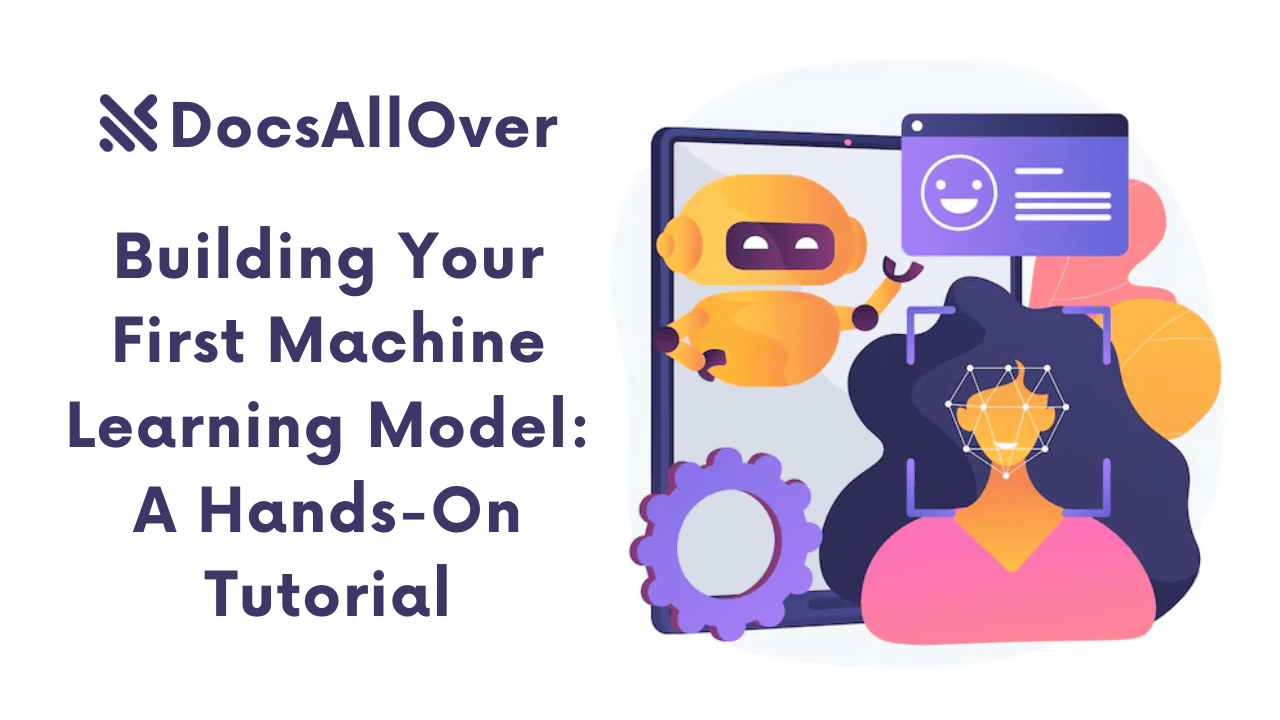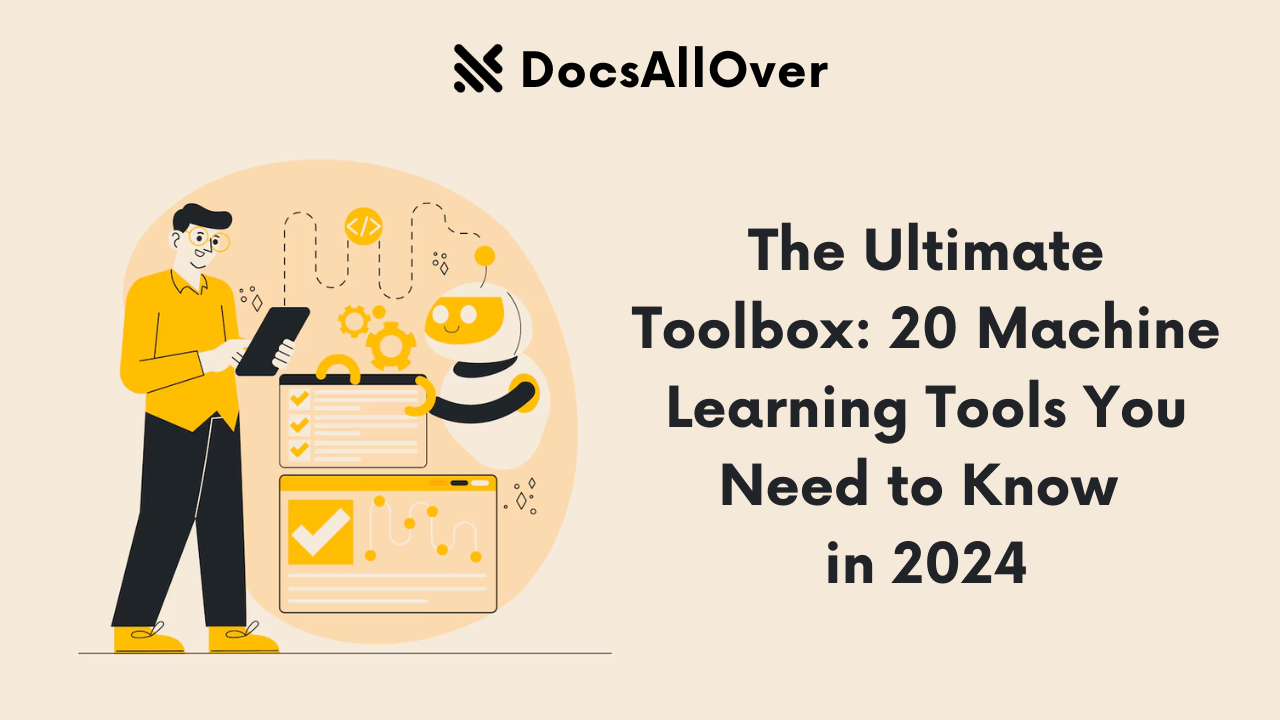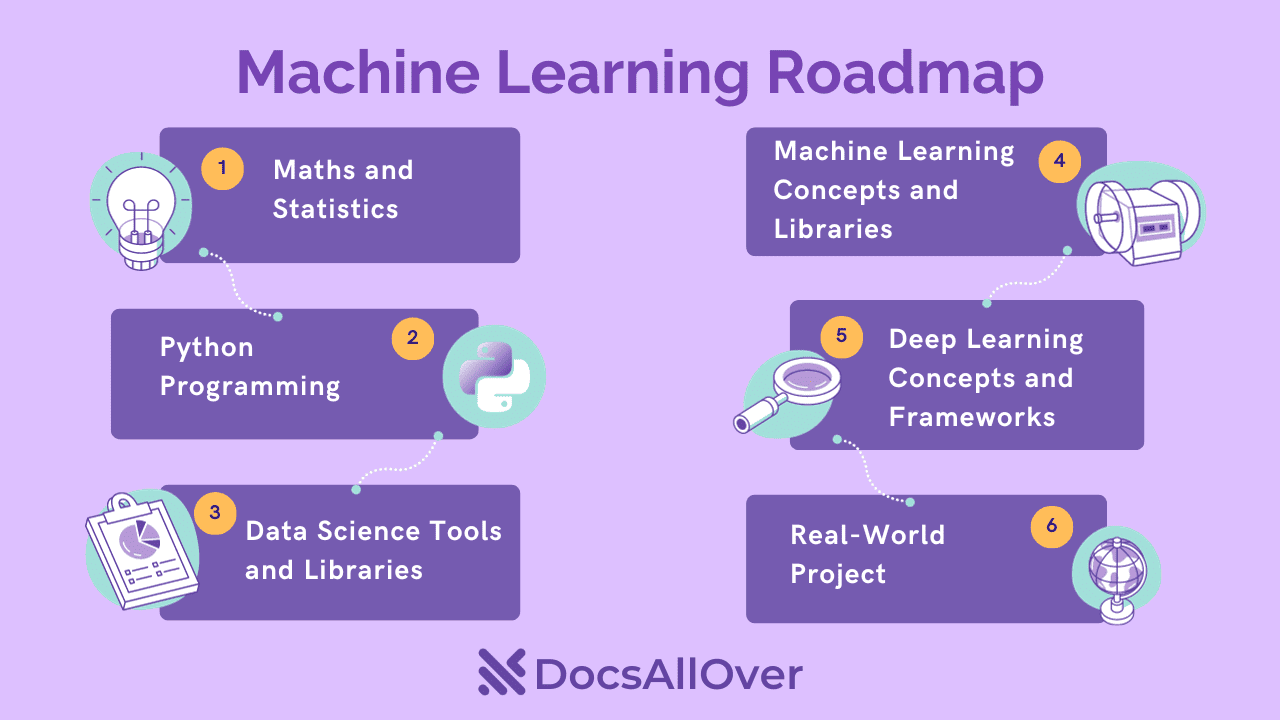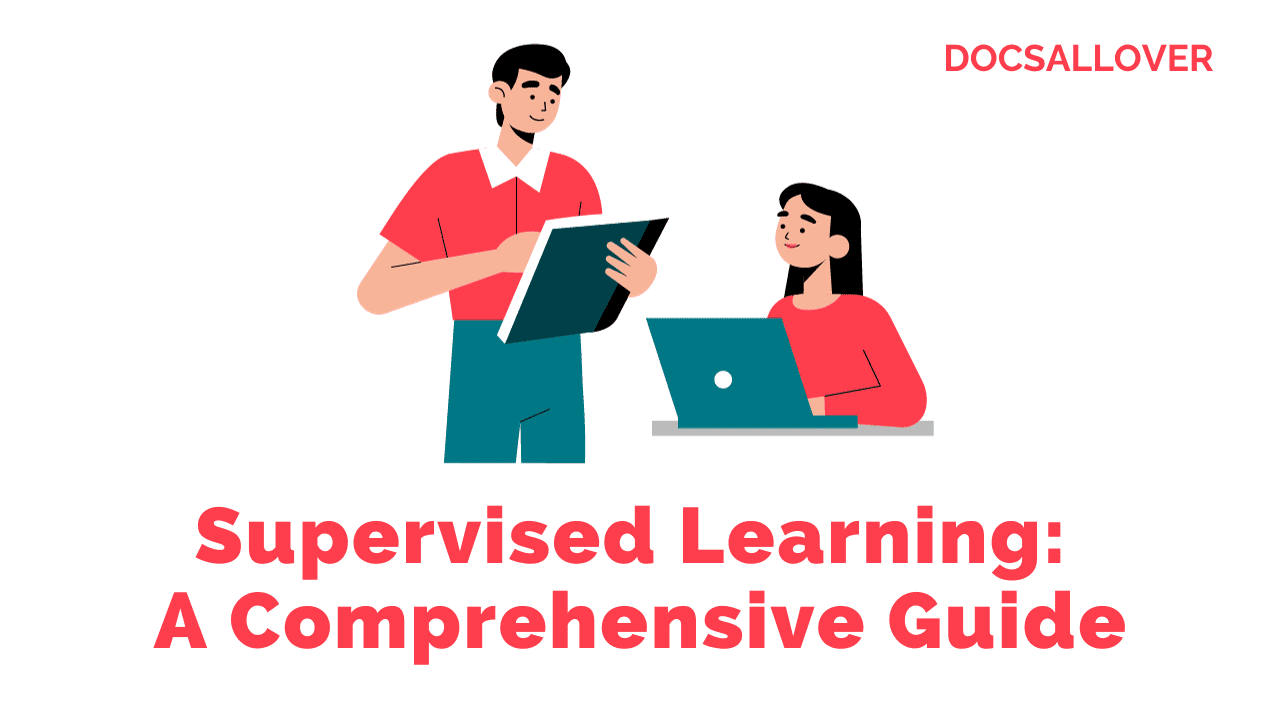Choosing the Right Machine Learning Algorithm: A Decision Tree
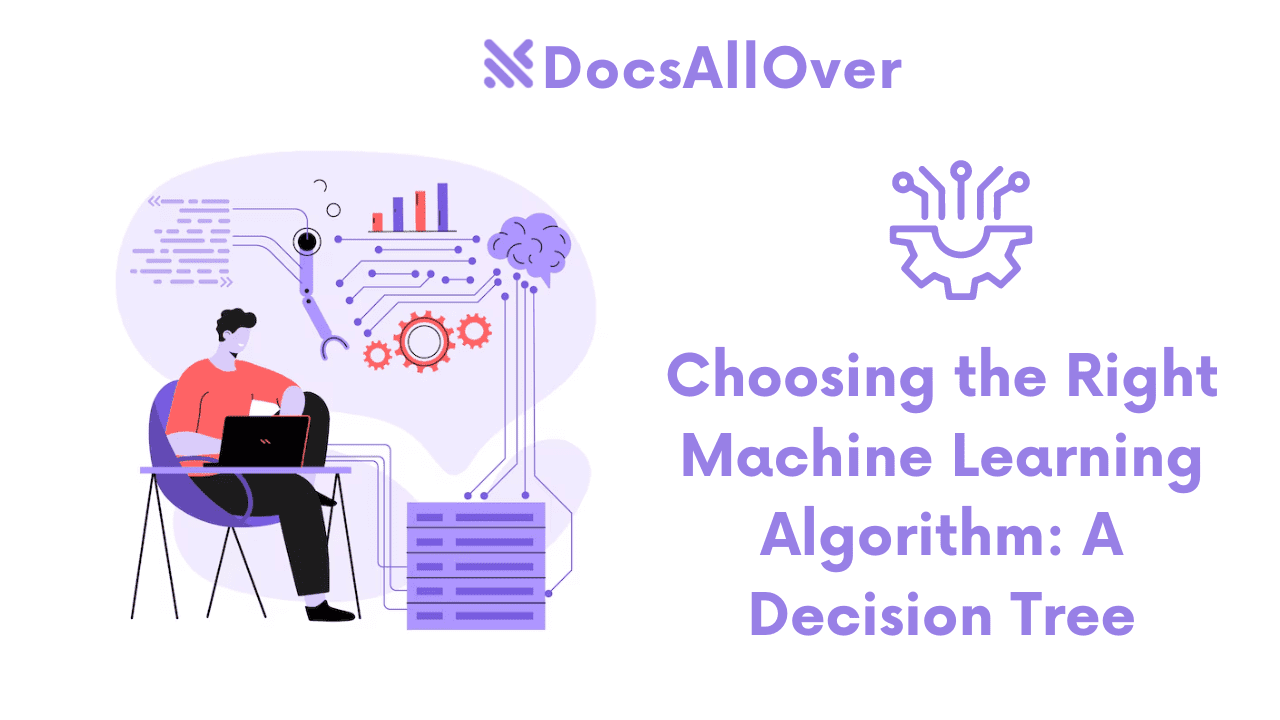
What is a Decision Tree?
A decision tree is a supervised machine learning algorithm that can be used for both classification and regression tasks. It creates a tree-like model with nodes representing decisions and branches representing the possible outcomes of those decisions. The tree is built based on the data, and it can be used to make predictions for new data points.
How Decision Trees Work
- Splitting: The algorithm starts by selecting a root node and splitting the data based on a chosen attribute.
- Creating branches: For each possible value of the attribute, a branch is created.
- Recursion: The process is repeated for each branch until a stopping criterion is met (e.g., all data points in a branch belong to the same class, or the maximum depth of the tree is reached).
- Making predictions: To make a prediction for a new data point, the algorithm traverses the tree from the root to a leaf node based on the attribute values of the data point. The class or value associated with the leaf node is the prediction.
Applications of Decision Trees
Decision trees have a wide range of applications, including:
- Classification: Predicting categorical outcomes (e.g., spam or not spam, customer churn or not churn).
- Regression: Predicting numerical values (e.g., house prices, sales revenue).
- Data mining: Discovering patterns and relationships in data.
- Medical diagnosis: Predicting diseases based on patient symptoms and test results.
- Customer churn prediction: Predicting whether customers will churn or remain loyal.
By understanding the basics of Decision Trees, you can determine if it is a suitable algorithm for your specific machine learning task.
Strengths of Decision Trees
Decision Trees offer several advantages that make them a popular choice for many machine learning tasks.
Interpretability
One of the key strengths of Decision Trees is their interpretability. The tree structure can be visualized, making it easy to understand how the model arrived at a particular prediction. This can be valuable for explaining the decision-making process to stakeholders or domain experts.
Easy to Understand
Decision Trees are relatively easy to understand, even for those without a strong background in machine learning. The tree-like structure provides a visual representation that is intuitive and can be easily explained.
Handles Both Numerical and Categorical Data
Decision Trees can handle both numerical and categorical data, making them versatile for a wide range of applications.
Non-Parametric
Decision Trees are non-parametric, meaning they do not make assumptions about the underlying distribution of the data. This can be beneficial for datasets that do not follow a specific distribution.
Weaknesses of Decision Trees
While Decision Trees offer several advantages, they also have some limitations:
Prone to Overfitting
Decision Trees can be prone to overfitting, especially when the tree becomes too deep or complex. This means that the model may fit the training data too closely, leading to poor performance on new, unseen data.
Sensitive to Small Changes in Data
Decision Trees can be sensitive to small changes in the data. Even a slight modification to the data can lead to a significantly different tree structure, potentially affecting the model's performance.
Can be Less Accurate for Complex Relationships
Decision Trees may not be as accurate as other algorithms for complex relationships between features and the target variable. In some cases, other algorithms like Support Vector Machines or Neural Networks may be more suitable.
Despite these weaknesses, Decision Trees remain a valuable tool in the machine learning toolbox. By understanding their limitations and addressing them appropriately, you can effectively use Decision Trees for your classification and regression tasks.
Choosing the Right Decision Tree Algorithm
There are several variations of Decision Trees, each with its own strengths and weaknesses. Here are some of the most commonly used algorithms:
ID3 (Iterative Dichotomiser 3)
- Information gain: ID3 uses information gain as the splitting criterion, selecting the attribute that results in the largest decrease in entropy.
- Example: In a dataset with attributes "Temperature," "Humidity," and "Play Tennis," ID3 might choose "Humidity" as the root node if it has the highest information gain.
C4.5
- Gini impurity: C4.5 uses Gini impurity as the splitting criterion, which measures the probability of misclassifying a randomly chosen data point.
- Handling missing values: C4.5 can handle missing values by creating branches for missing values and assigning probabilities based on the values of other attributes.
CART (Classification and Regression Trees)
- Gini impurity for classification: CART uses Gini impurity for classification tasks.
- Regression trees: CART can also be used for regression tasks, where the target variable is continuous.
- Pruning: CART includes pruning techniques to prevent overfitting by removing unnecessary branches.
Random Forest
- Ensemble of trees: Random Forest creates an ensemble of decision trees, each trained on a random subset of the data and features.
- Aggregation: The predictions of individual trees are combined through voting (for classification) or averaging (for regression) to improve accuracy and reduce overfitting.
Gradient Boosting Machines (GBM)
- Ensemble of trees: GBM also creates an ensemble of decision trees, but it trains them sequentially.
- Boosting: Each tree is trained to correct the errors of the previous trees, improving the overall accuracy.
- Gradient descent: GBM uses gradient descent to optimize the weights of the trees.
Choosing the Right Algorithm:
The best decision tree algorithm for your specific problem depends on factors such as:
- Data type: Categorical or numerical data.
- Task: Classification or regression.
- Desired interpretability: Some algorithms (e.g., ID3, C4.5) are more interpretable than others.
- Performance: Consider factors like accuracy, speed, and overfitting.
Experimenting with different algorithms and fine-tuning their parameters can help you find the best one for your specific needs.
Decision Tree Use Cases
Decision Trees are versatile algorithms that can be applied to a variety of machine learning tasks. Here are some common use cases:
Classification Problems
- Predicting customer churn: Identifying customers who are likely to stop using a product or service.
- Email spam detection: Classifying emails as spam or not spam.
- Medical diagnosis: Predicting diseases based on patient symptoms and test results.
- Image classification: Categorizing images into different classes (e.g., cat, dog, car).
Example:
A bank can use a Decision Tree to predict which customers are likely to churn based on factors such as account balance, transaction frequency, and customer service interactions.
Regression Problems
- Predicting house prices: Estimating the price of a house based on features like size, location, and number of bedrooms.
- Sales forecasting: Predicting future sales based on historical data and other relevant factors.
- Stock price prediction: Forecasting the price of a stock based on financial indicators.
Example:
A real estate company can use a Decision Tree to predict the selling price of houses based on features like square footage, number of bedrooms, and location.
Data Mining
- Discovering patterns and relationships: Decision Trees can be used to uncover hidden patterns and relationships within large datasets.
- Association rule mining: Identifying associations between different items or events.
Example:
A retail company can use Decision Trees to discover which products are frequently purchased together.
Medical Diagnosis
- Predicting diseases: Decision Trees can be used to predict diseases based on patient symptoms, medical history, and test results.
Example:
A medical diagnosis system can use a Decision Tree to predict the likelihood of a patient having a certain disease based on their symptoms and medical history.
Customer Churn Prediction
- Identifying at-risk customers: Decision Trees can help identify customers who are likely to churn.
- Taking proactive measures: By identifying at-risk customers, companies can take proactive measures to retain them.
Example:
A telecommunications company can use a Decision Tree to predict which customers are likely to churn based on factors such as usage patterns, customer satisfaction, and contract length.
These are just a few examples of how Decision Trees can be applied to various machine learning tasks. The versatility of Decision Trees makes them a valuable tool in the data scientist's toolkit.
Implementing Decision Trees
Libraries and Tools
There are many libraries and tools available for implementing Decision Trees in Python:
- scikit-learn: A popular machine learning library with a simple API for Decision Trees.
- XGBoost: A scalable and efficient gradient boosting framework that can be used for Decision Trees.
- CatBoost: A gradient boosting library that handles categorical features efficiently.
- RandomForest: A library specifically for Random Forest, an ensemble method based on Decision Trees.
Data Preprocessing
Before training a Decision Tree, it is essential to preprocess your data. This typically involves:
- Handling missing values: Imputing missing values or removing rows with missing values.
- Encoding categorical features: Converting categorical features into numerical representations (e.g., one-hot encoding).
- Feature scaling: Normalizing or standardizing numerical features to ensure they have a similar scale.
Example using scikit-learn:
Model Training and Evaluation
- Create a Decision Tree model:
- Train the model:
- Make predictions:
- Evaluate the model:
You can experiment with different Decision Tree algorithms and hyperparameters to find the best model for your specific task.




